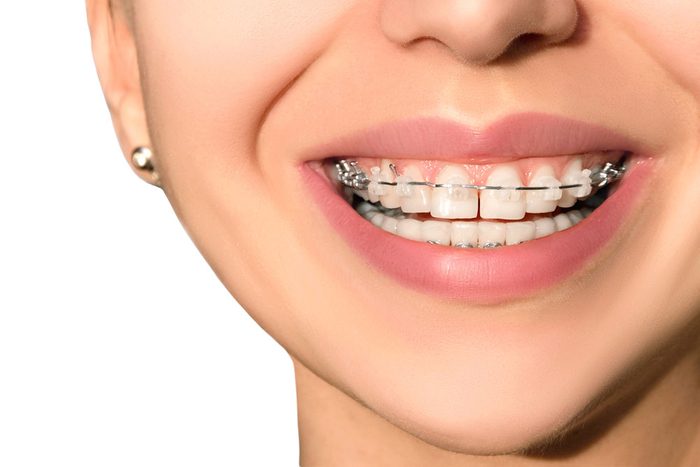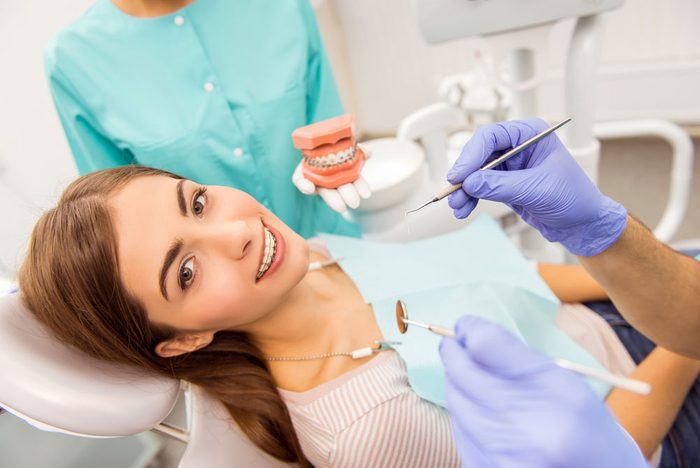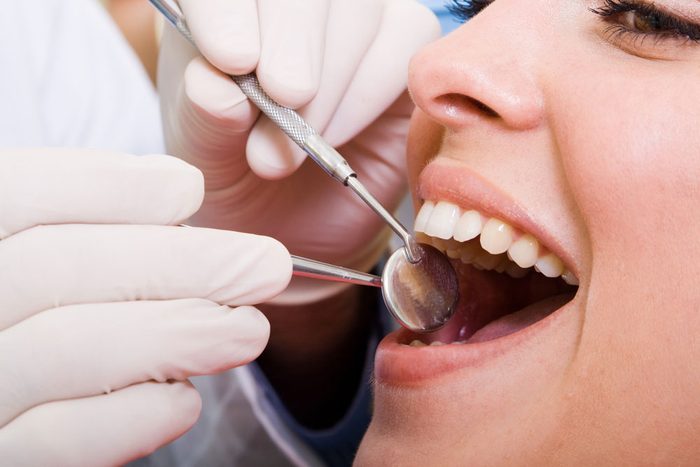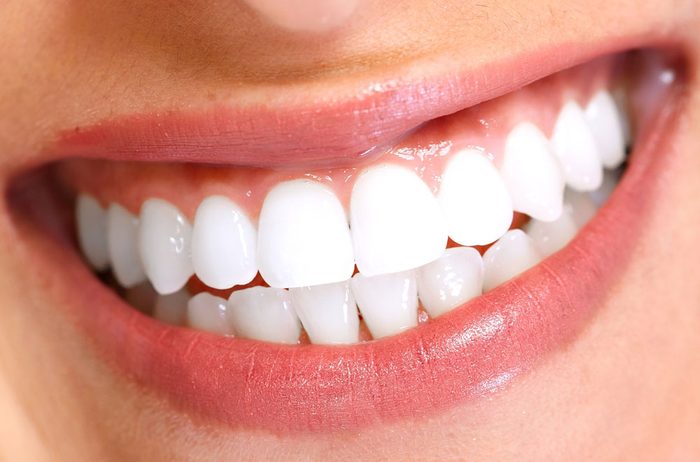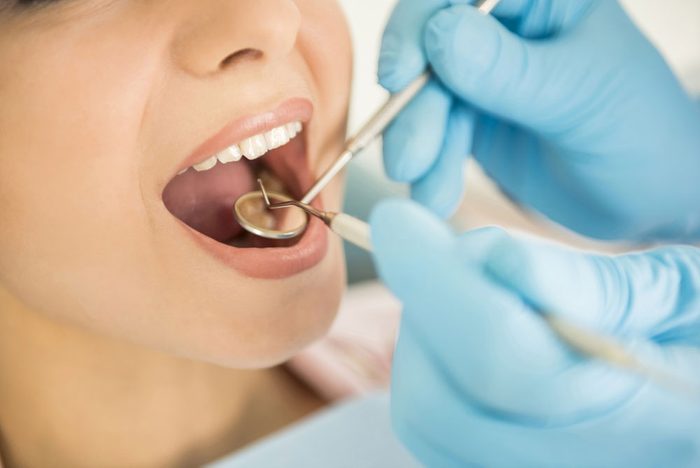Adult Orthodontics
More adults are getting wise to the fact that orthodontic treatment isn’t just for kids. “We’re seeing a definite increase in adult orthodontics these days,” says Dr. Paul Major, chair of the University of Alberta’s School of Dentistry and past-president of the Canadian Association of Orthodontists. According to this association, adults now account for more than one-quarter of all Canadians with braces.
Adults may be interested in braces for cosmetic or oral health reasons. Orthodontic work can give you a youthful-looking smile, but Dr. Major explains that it may also improve tooth function, gum health and even sleep apnea. And with today’s breakthroughs, there are more treatment options than ever before. That’s encouraging because adults typically wear braces for two years – sometimes longer. Here are some of the more popular choices.
Lingual Braces such as SureSmile QT, Incognito
Forget clunky-looking train tracks; lingual braces, which have been widely used in Canada for the past five years, hide behind your teeth. Like conventional braces, they are made of metal but are attached to the back of your teeth instead of the front. Because the insides of our teeth have a lot of individual variability, they’re custom made for each person’s mouth.
PROS: They don’t show, but they work just as well as conventional braces. The custom design means a perfect fit.
CONS: They can irritate the tongue and interfere with speech.
COST: They start at $8,000.
FYI: “Anybody in the public eye seems to gravitate toward these,” says Dr. James Posluns, director of clinics at the University of Toronto’s Faculty of Dentistry. “It’s a burgeoning market.” But before you reach for lingual braces, find out how long your ortho has been using them. “The more experienced the practitioner, the better,” says Dr. Posluns. “In the right hands, they’re very precise and the results are excellent.”
Clear Aligners such as Invisalign, Red White Blue
Available for the past 15 years, these clear plastic trays fit over your teeth, gradually repositioning them as you replace each tray with the next one in your customized series.
PROS: They are practically invisible and can be removed for eating and teeth cleaning (though you have to keep them on at night).
CONS: Since they’re easily removable, it takes a lot of compliance, says Dr. Posluns. If you’re tempted to take them out often, they won’t work to their full potential.
COST: They start at $6,000.
FYI: They’re best suited to those whose teeth don’t need a lot of correction around the foundation but need their alignment adjusted. “They can tip teeth, but they’re not as effective as fixed brackets and wires at controlling where the root is moving,” says Dr. Major.
Self-Ligating Braces such as In-Ovation, Damon
Each bracket has a tiny stainless steel or nickel-titanium alloy clip to hold the wire instead of a rubber band. The wire can move more freely and there’s less friction with the brackets, so teeth are able to slide along the wire easily and move to new positions. They have been in Canada for more than 20 years but have been popular only within the past 10 years. The technology continues to be tweaked.
PROS: With no rubber bands, they’re easier to clean.
CONS: With more delicate parts, they may be more prone to breakage.
COST: They start at $5,000.
FYI: In theory, teeth shift more quickly without the friction of elastics, which is beneficial at the beginning of treatment when aligning crooked teeth. Clinicians will tell you that they don’t see much of a difference in practice. “It really just comes down to practitioner preference and what they like to use,” says Dr. Posluns.
What else is new in adult orthodontics?
3-D Imaging
Advances in laser scanning mean that lingual braces and plastic aligner trays can custom fit your teeth from a 3-D virtual model of your mouth. Parts are manufactured in a step-by-step sequence based on a computer simulation. These orthodontic options cost more because they’re custom made, but that’s why your braces fit you to a tee.
Wires
Some of today’s nickel-titanium alloy wires are engineered to change from soft to springy with body temperature – this means that the wire has shape memory and will deliver a consistent, slow, gentle force conducive to tooth movement. As a result, it can stay in the mouth for a longer time – often up to 10 or 12 weeks at some stages of treatment instead of the maximum of six weeks that is standard between appointments, when stainless steel wire is used. “We don’t need to see patients as often at some stages of treatment,” explains Dr. Major. The wires are also gentler and more comfortable.
Micropulses
AcceleDent is a hands-free, home-use device that was approved by Health Canada in April 2013. It sends small vibrations through your teeth and bone when you bite into it. Its makers claim that using it regularly with your braces – about 20 minutes a day – can speed up bone formation and reduce the time you need to wear braces. Does it work? Theoretically, it could, but more clinical evidence is needed.
Conventional braces are still the most common option for straightening your teeth. Stainless steel brackets are glued to the front of your teeth and connected by springy wires that are held on with tiny rubber bands, which pressure your teeth to move. The pressure is adjusted roughly every four to six weeks up to 10 to 12 weeks, after your teeth have had time to shift and there has been bone regrowth to support them. “The traditional train tracks are still a big part of orthodontic treatment today,” says Dr. Major. The cost? About $5,000 and up (depending on where you live in Canada).
